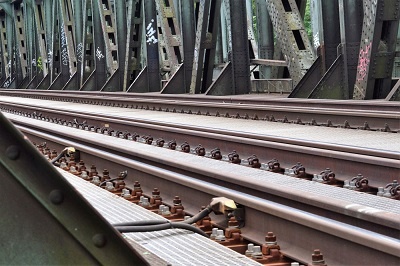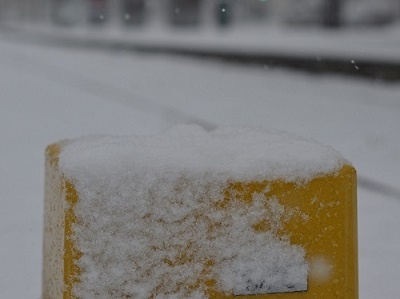Axle count system
An axle count system is a wide spread detection system in railway technology. They detect both the front and end of the train by counting and registering the axles of trains. An axle count system is composed at a minimum by two trackside axle detection units and an electronic control system. Thereby the trackside units provide the control system with input data.
At first a trackside detection unit at the beginning of a track section counts the passing wheels of a train. Thereafter another axle detection unit at the end of the same track section registers the same number of wheels passing by this train. The electronic control system processes the information of both trackside units. With the given information it can deduce, if the train occupies the track section or not. In some situation the technology fails, for example when one, of the twelve axles, is not registered entering the section. When this is the case there are special safety rules, which allow the track section to go to the status of not assigned or free. In some situations, the signal box operator or dispatcher can reset the axle count system to its basic position.

 Bahntechnik und Bahnbetrieb
Bahntechnik und Bahnbetrieb
